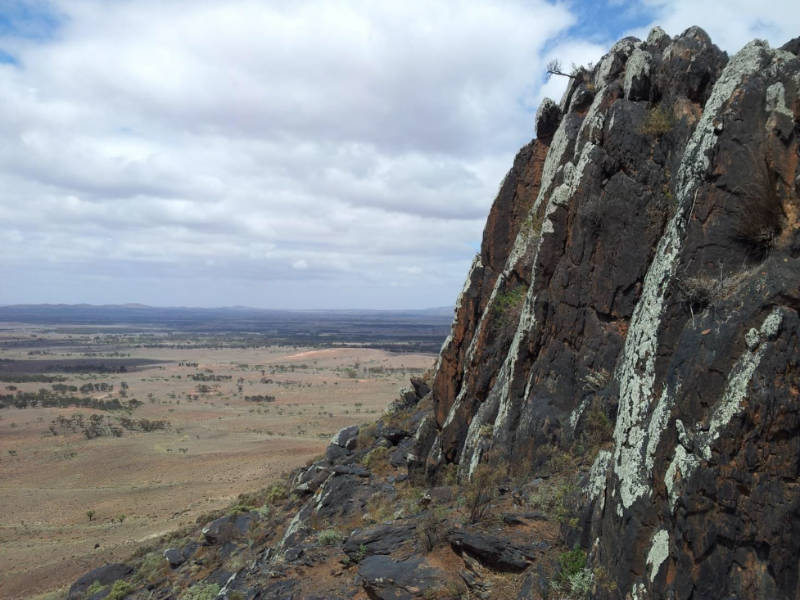Cashed-up Magnetite Mines powers up Razorback iron ore studies

Pic: Bloomberg Creative / Bloomberg Creative Photos via Getty Images
Special Report: The September quarter has been pivotal for Magnetite Mines with significant progress made on the pre-feasibility study for its Razorback iron project in WA.
During the quarter, the company started environmental and permitting studies as part of the pre-feasibility study (PFS) while confirming that selective mining could significantly boost the Razorback project’s economics.
Magnetite Mines (ASX:MGT) also announced a renounceable rights issue to finance work on Razorback that closed significantly oversubscribed to raise $5.95m (before costs of the issue).
The rights issue ensures that the company is fully funded to complete the PFS for the wholly-owned Razorback project while maintaining a strong cash position.
To not have to dilute its position in the project is a significant achievement given its giant 4 billion tonne resource.
“This has been a pivotal quarter for the company,” chairman Peter Schubert said.
“With the support of new and existing shareholders, we have substantially increased our market capitalisation, capital position, market awareness for the Razorback iron project and importantly our plans for its development.
“The successful scoping study last year set the company on a path to becoming an iron ore producer.
“We are now advancing along that path by undertaking a well thought out study that will deliver an optimised scope for project development and confirm the positive economics of the staged development pathway.
“We are assembling an experienced and talented team of experts to ensure we can deliver efficient and effective results in a timely fashion.”
Razorbank iron project PFS
During the quarter, the company engaged Ecological Australia to progress approvals, hydrogeological and environmental studies for the Razorback project.
This work includes a combination of permitting – approvals pathway, environmental – flora and fauna surveys and hydrogeological studies that are currently underway.
It is expected to form the basis for several PFS chapters in the following reporting quarter.

Initial studies have also confirmed that the lateral continuity of high-grade iron ore horizons within the existing resource are potentially amenable to selective mining, a method used successfully by major iron ore miners like Fortescue Metals Group (ASX:FMG).
When combined with complementary ore sorting, selective mining these higher-grade horizons could deliver higher-grade ore to the processing plant.
Higher plant head grades would result in higher tonnages of ore produced compared to an equivalent conventional bulk mining and processing scenario with potential advantages in operating and capital cost efficiency.
Subsequent to the quarter, Magnetite signed an agreement with NextOre for the supply of a mobile bulk ore sorting plant using the CSIRO-developed magnetic resonance (MR) technology that promises to make it simpler to sort high-grade ore from lower grade material.
Current and upcoming activity
McElroy Bryan Geological Services is currently refining a revised geological model of the deposit following the outcomes of the initial ore lateral continuity studies using the original 2013 PFS dataset combined with new interpretations.
Reviews are underway to determine what additional investigations and test work are required to finalise optimised selective mining scenarios and undertake quantitative appraisals of the selective mining scenarios.
Magnetite has also been briefing a range of potential domestic and international investors.
It expects that as interstate and later international border restrictions ease, direct marketing of the project will further enhance its ability to communicate the potential of the Razorback project.
The company is also fielding significantly more inbound enquiries from potential partners and project financiers.
This article was developed in collaboration with Magnetite Mines, a Stockhead advertiser at the time of publishing.
This article does not constitute financial product advice. You should consider obtaining independent advice before making any financial decisions.
Related Topics
UNLOCK INSIGHTS
Discover the untold stories of emerging ASX stocks.
Daily news and expert analysis, it's free to subscribe.
By proceeding, you confirm you understand that we handle personal information in accordance with our Privacy Policy.








